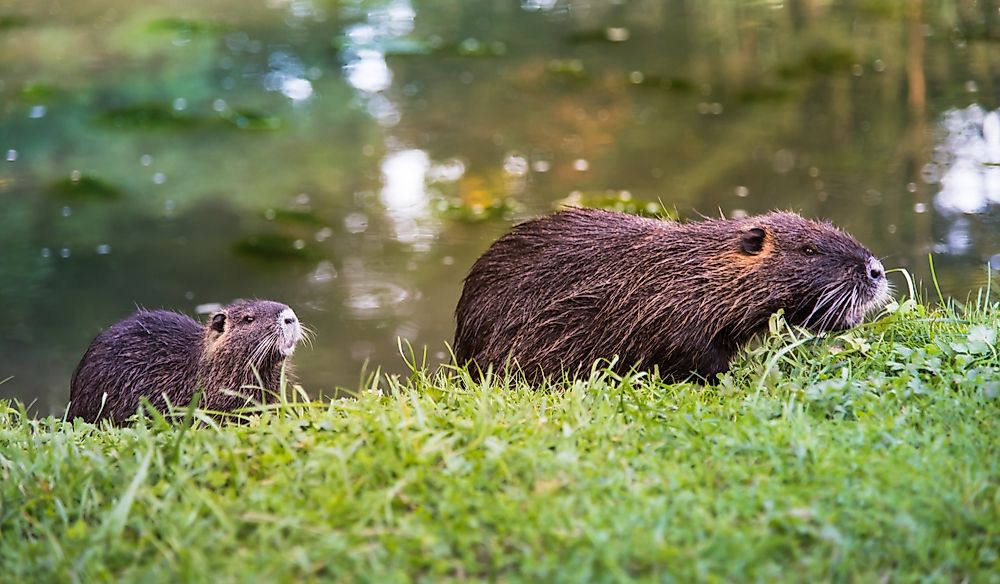Are Rodents Mammals?

Rodents are the single largest group of mammals, accounting for approximately 40% of all mammal species. The small animals belong to the order Rodentia, which have a single pair incisors in both the upper and lower jaws. Rodents can be found in all continents except Antarctica, and live in diverse habitats, including human-made environments. These species are generally small animals that possess robust bodies and short limbs, and gnaw food using their long and sharp incisors. Rodents have been used as laboratory specimens, pets, and food. However, the majority are considered pests, as they are capable of destroying large amounts of stored food and spread diseases. The accidentally introduced species of rodents are often considered invasive and have led to the extinction of certain animal species, including island birds.
General Characteristics Of Rodents
Rodents generally have squat bodies and short limbs, with five digits on the forelimbs and between three and five digits on the hind limbs. Additionally, rodents have a well-developed sense of smell, vision, and hearing.
The distinguishing and most prominent feature of rodents is a pair of continuously growing sharp incisors. These incisors grow continuously, and therefore the rodent must keep wearing them down in order to prevent them from piercing the skull. This can be achieved by grinding the upper and lower incisors against each other, which results in edges shaped like a chisel. Most rodent species have a maximum of 22 teeth, and lack canines and premolars. A rodent's molars are relatively large and ridged, enabling the animal to grind food into smaller particles.
Rats share common mammalian characteristics with other mammals.
Mammalian Characteristics of Rodents
Live Births
Like all mammals, rodents give birth to live young. Fertilization occurs almost immediately after copulation and embryo development begins. Rodents give birth to fully grown pups which can either be altricial meaning blind, hairless, and relatively underdeveloped or precocial meaning covered in fur, functioning eyes, and relatively well developed.
Mammary Glands
Rodents such as rats and mice feed their young with milk from mammary glands. Female rodents have well developed mammary glands that produce milk when pups are born, in response to prolactin hormones.
Fur-Covered Bodies
One of the most obvious characteristics of mammals is the presence of fur or hair on the body. Rodents are generally covered in fur on most parts of the body, including the tail. They have soft underfur, known as beaver wool, that has been used to make beaver hats.
Warm-Blooded (Endothermic)
Rodents are warm-blooded animals, meaning that they can internally regulate their body temperature. Unlike exothermic animals, such as reptiles and amphibians, mammals, which includes Rodentia, do not rely on the external environment for body regulation. Heat is generated through a mechanism such as metabolism and blood flow.
Largest and Smallest Rodents
The capybara, which is the largest rodent, can weigh up to 146 pounds. However, most rodents weigh less than 3.5 ounces. The Baluchistan pygmy jerboa is the smallest rodent, measuring only 1.7 inches in length and weighing 0.132 ounces.











